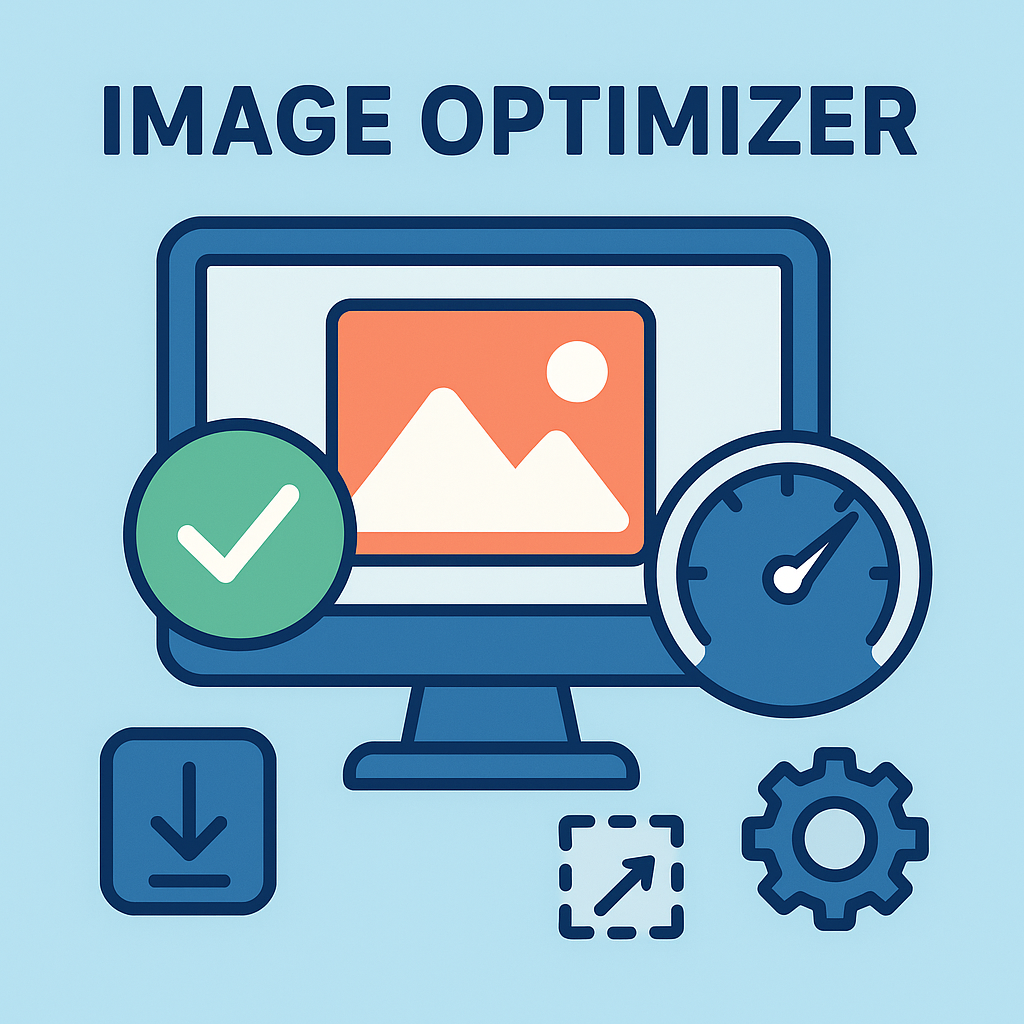
Image optimizer
Created on 5 October, 2025 • Image Manipulation Tools • 10 views • 2 minutes read
"Learn how an image optimizer improves website speed, SEO, and user experience. Discover tools, techniques, and best practices for image optimization."
Image Optimizer: Boost Website Speed and SEOIntroduction to Image Optimizer
An image optimizer is a tool or process used to reduce the file size of images without compromising their quality. In today’s digital era, websites heavily rely on visuals to attract visitors and improve user experience. However, large and uncompressed images often slow down page loading speed, which negatively affects search engine rankings. By using an image optimizer, webmasters can make their websites load faster, improve SEO, and provide a seamless browsing experience.
Why Image Optimization Matters for SEO
Search engines prioritize websites that deliver fast and smooth user experiences. Since images make up a significant portion of webpage size, unoptimized files can cause slower load times. Optimizing images has direct SEO benefits, such as:
Faster loading speed: Reduced image sizes enhance performance.
Better user engagement: Visitors stay longer on fast-loading websites.
Improved ranking: Google considers page speed a ranking factor.
Mobile-friendly performance: Optimized images consume less bandwidth on smartphones.
In short, image optimization improves both usability and search engine visibility.
Types of Image Optimization
There are different methods used in image optimization depending on the purpose and image type:
1. Lossless Compression
This technique reduces image size without losing quality. It is ideal for logos, graphics, and images where clarity is crucial.
2. Lossy Compression
Lossy optimization reduces file size more significantly by removing unnecessary data. While it slightly reduces quality, it is almost unnoticeable to the human eye.
3. Format Conversion
Choosing the right format plays a big role. For example, converting PNGs to WebP or JPEG can drastically reduce file size while maintaining quality.
4. Responsive Images
Optimizers create different sizes of the same image for various devices, ensuring faster loading on mobile, tablets, and desktops.
Popular Image Optimizer Tools
There are many tools available online and offline for optimizing images effectively. Some of the most popular ones include:
TinyPNG / TinyJPG – Great for compressing PNG and JPG images.
ImageOptim – A Mac-based tool for batch image compression.
ShortPixel – A WordPress plugin that automatically optimizes images.
Kraken.io – Offers both online and API-based image optimization.
Adobe Photoshop Save for Web – Professional editing with optimization features.
These tools help webmasters reduce file size while keeping images sharp and appealing.
Best Practices for Image Optimization
To achieve maximum results, follow these best practices:
Choose the right format (JPEG for photos, PNG for graphics, WebP for modern web performance).
Resize images before uploading to match display requirements.
Use lazy loading to load images only when users scroll to them.
Implement CDN (Content Delivery Network) to deliver images faster worldwide.
Add alt text to improve accessibility and SEO ranking.
Conclusion
An image optimizer is a must-have tool for any website owner looking to improve speed, SEO ranking, and overall user experience. By compressing images, choosing the right formats, and applying optimization techniques, businesses can ensure their websites are fast, mobile-friendly, and search engine–ready. Investing in image optimization is not only about reducing file size but also about creating a smooth and engaging online presence.
Popular posts
-
Barcode readerMisc Tools • 23 views
-
Color pickerMisc Tools • 21 views
-
SHA-256 generatorGenerator tools • 17 views
-
Exif readerMisc Tools • 17 views
-
Ip LookupChecker Tools • 16 views